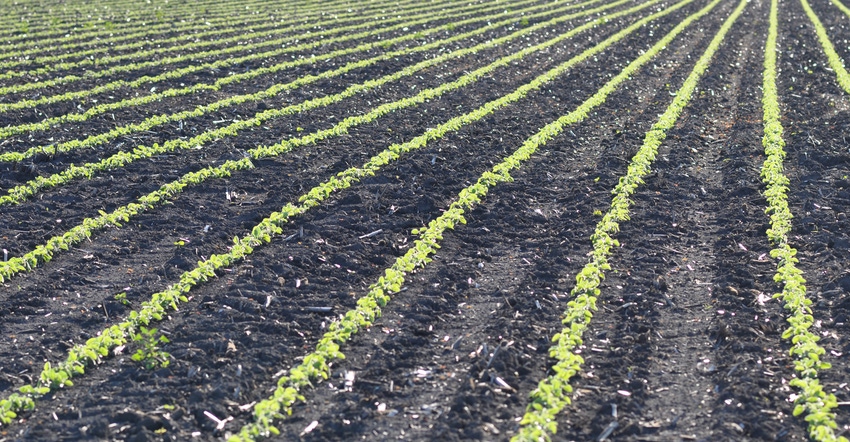April 1, 2019

By Ross Albert
What comes to mind when you think of farmland real estate taxes in Illinois? I recently sat through an educational course on that very topic, courtesy of the Illinois Society of Professional Farm Managers and Rural Appraisers. The very clear message: Illinois land taxes are complicated.
Here are some key elements to how the taxes are calculated that landowners should consider:
How is my farm supposed to be assessed? The starting point for farm property taxes is the agricultural economic value (AEV). This assessment is a function of items such as productivity index (PI) by soil type, slope and potential flooding impacts for that particular farm. From there, the AEV by PI is adjusted based on the “defined land use.” Illinois breaks down land into four basic categories for land use: cropland, permanent pasture, other farmland (for example, timber and farm buildings other than home sites) and wasteland.
Each land-use category has a different AEV PI adjustment; cropland is at the baseline number 1/1 of the AEV, permanent pasture is adjusted to 1/3, other cropland is adjusted to 1/6, and wasteland is recommended to have a 0 assessment. The details of this assessment process can be found in Publication 122 provided by the Illinois Department of Revenue.
What does my “farm card” say — and is it accurate? Considering the farm tax assessment is a function of AEV PI and its defined land-use category, it is important to understand both how the farm should be assessed and how it’s actually being assessed — and that those may not be the same. In most cases, the county assessor will have a “farm card” that has the land uses identified and ultimately the information that’s being used to create the assessment. It is not uncommon for the farm card to be inaccurate. Events such as removing a building or adding pasture may not been recorded, and those changes affect the assessment.
County assessors want to be accurate, but considering the square miles of land they are expected to cover, changes can be missed. If you believe something needs adjusted, contact the assessor’s office and remember that a professional approach will serve you well.
How is my tax rate determined? Once the assessment is determined, your tax bill is based on the tax rate specific to that farm. The rate will be influenced by taxing bodies associated with that location. Your taxes will be funding items such as the local school district, community colleges, fire departments, libraries and drainage districts. These taxing bodies propose and vote on budgets that ultimately affect the real estate property tax rates. A brief study of your tax bill will show how your tax dollars are being allocated.
This is just the start, but as you can see, Illinois farmland taxes are complicated. In fact, it takes a 54-page publication just to explain just how farmland is assessed. So if you’re unsure about something regarding your taxes, ask questions. Your assessor’s office may need help updating its farm records. And if you believe something needs adjusted, I recommend you take a hands-on approach to make it right.
Albert is a farm manager with First Mid Ag Services, Bloomington, and a member of the Illinois Society of Professional Farm Managers and Rural Appraisers. Email farm management questions to [email protected].
You May Also Like




